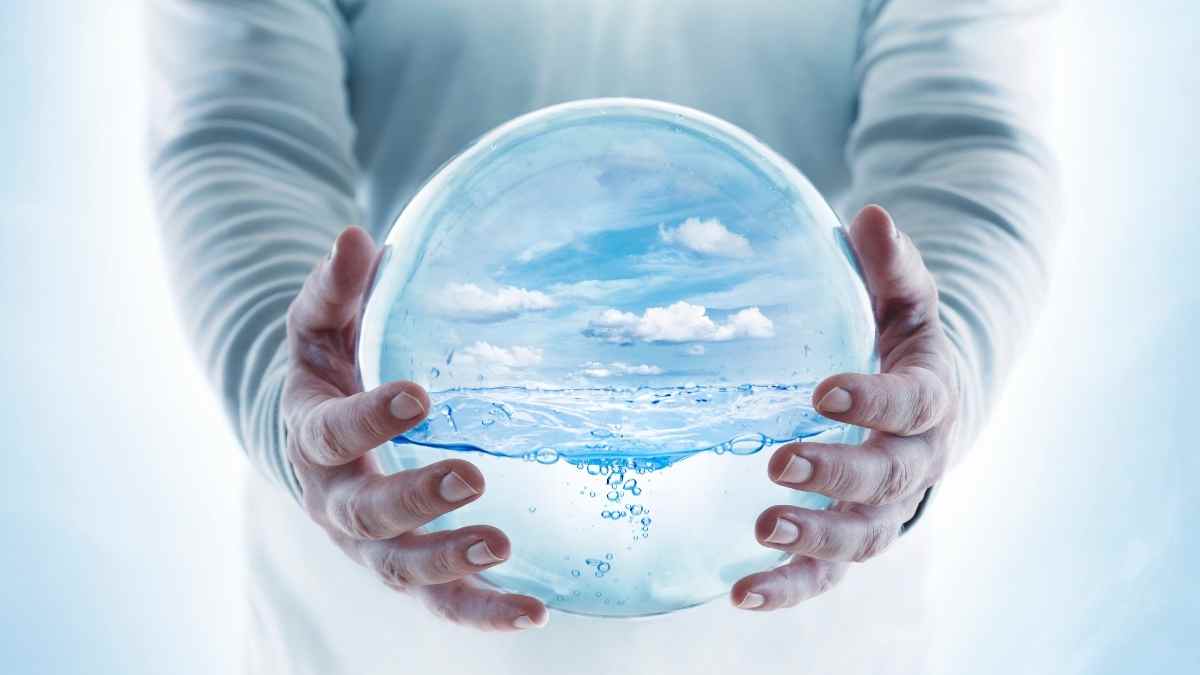Our freshwater source is finite, even though it abundantly runs through our daily pipes and faucets.
Only three percent of the water in the world is fresh (that is, it is consumable for people and isn’t salty), and 2.5 percent of this amount is now useless.
The bulk of natural freshwater sources are either too contaminated for human consumption, sequestered in polar ice caps and glaciers, or too expensive to be drawn out from the surrounding soil or atmosphere.
As per the information made available by the Environmental Protection Agency, wastewater and drinking water systems make up for two percent of total energy usage in the United States and produce over forty-five million tons of greenhouse gases each year – the chemicals that researchers connect to the growing incidence of climate change.
Conserving water at home is vital!
Below are fourteen simple water-conserving measures you may use in your daily life to help save water and keep the world in good health.
14 Ways you Can Conserve Water At Home
1. Turn the Faucet Off During Handwashing Times
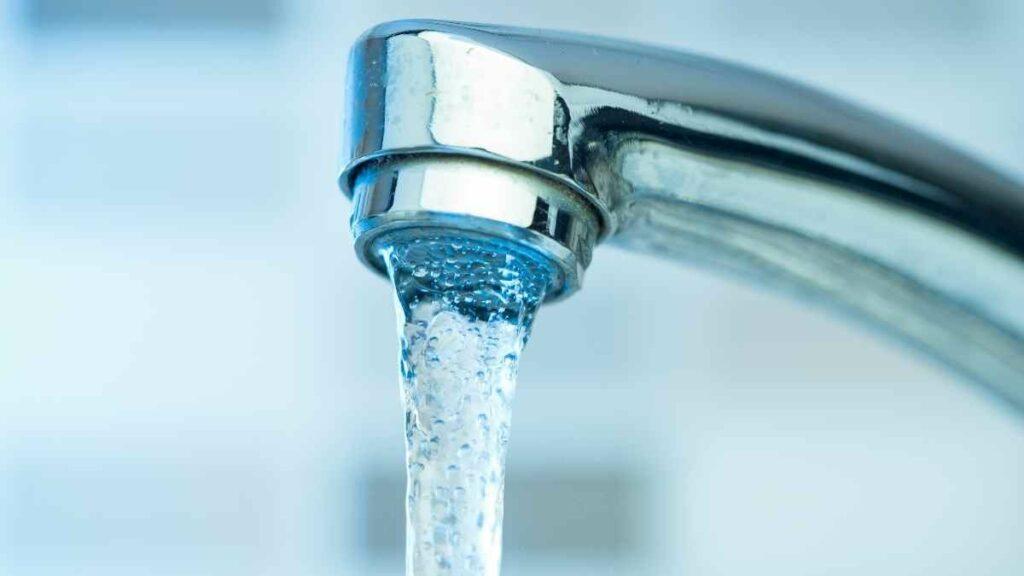
The same is true while washing your hands. It helps conserve water. Rather than allowing the faucet to flow when you are lathering your hands when washing your hands, turn off the tap to save water.
You will conserve water far more than brushing your teeth because most people wash their hands more than they brush their teeth every day.
-

Fashionably Green and On-The-Go
£16.50 Select options This product has multiple variants. The options may be chosen on the product page -
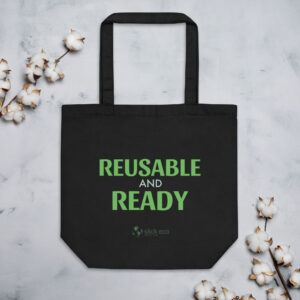
Reusable and Ready Eco-Friendly Tote Bag
£16.50 Add to cart
2. Turn the Faucet Off When Shaving or Brushing Your Teeth
Brushing your teeth with the faucet turned off in the night and mornings could conserve water (eight gallons) each day.
This translates to two hundred gallons of gray water for every thirty days. Gray water doesn’t need any form of treatment because it isn’t contaminated.
3. Reduce the Amount of Water Used to Water Your Lawns

Even though it’s occasionally mandated by several homeowner associations, a well-kept and thriving lawn is indeed a treat to watch. But, on the other hand, most thriving lawns may survive without being watered regularly.
According to the Environmental Protection Agency, landscape irrigation uses around nine billion gallons of water every day in the United States. To keep any grass looking decent, that’s so much water.
Consider replacing your lawn with grasses that are resistant to droughts. After a hot summer afternoon, choose from various products and flavors that don’t necessitate a large drink.
4. Fix Any Leaking Faucets
It is astounding to know the amount of water leaking through the faucets in the average household. Annually, the typical family wastes ten thousand gallons of water, as per the information made available by the Environmental Protection Agency. This translates to water equivalent to one trillion gallons of water for the United States alone.
Fortunately, the Environmental Protection Agency offers a simple and free guideline for finding water leakages in households to help conserve water.
You can detect leaks in ten minutes and either fix them yourself or hire a professional. You’ll save money on your bills by saving water as a reward.
5. Do a Driveway or Patio Sweep
We have all watched those enjoyable videos of homeowners power washing their driveways and patios on Facebook or Instagram. Everything appears to be in order, and finishing the work seems to be enjoyable.
This task wastes so much valuable water. So instead, take out your broom and clean the entire house.
Your yard will be just as tidy, and a bit of effort (perhaps by your children) will be compensated with environmentally beneficial and budget-friendly savings.
6. Only water in the Evening or Morning
If you notice that the grasses in your lawn are about to die, experts recommend watering solely in the mornings and nights. The grass will be able to absorb more water before evaporation under the scorching summer sun.
This cuts down on your volume of water usage and how frequently you’ll have to water your lawn.
7. Only Use the Dishwasher When There are Full Loads in the Dishwasher
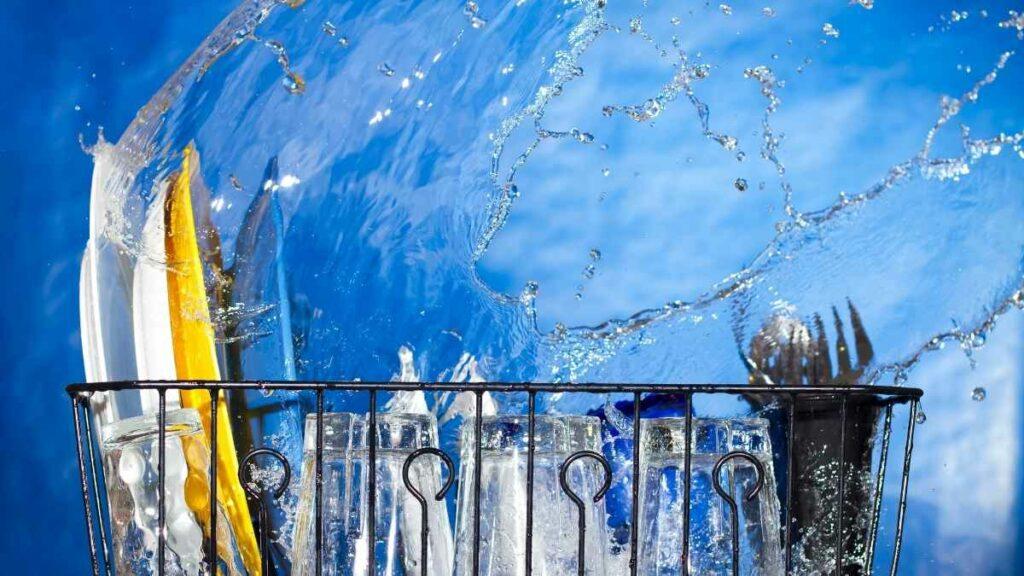
What goes for your washing machine is the same as the dishwasher. If you have a more advanced product that you believe can detect how dirty the dishes are, you may want to run partial loads.
Even yet, several dishwashers employ a pre-set volume of water. Only use the device for washing your dishes when it is full to improve efficiency and help you in saving water.
8. You Should Only wash Laundry in Full Loads
Even when you have a high-end washer, only use it when you have enough clothing. If you do anything less, you’re not getting the most out of your washing machine’s efficiency (you purchased a washing machine for nothing).
If you’d like to save more money, wash your clothing cold to avoid paying for hot water usage.
9. Get Yourself a Bathroom Timer
The average shower should take about five minutes, according to experts. That offers you lots of time to bathe, unwind, and let go of the day’s stress without worrying about your water usage.
If you’d not like to spend money on a bathroom timer, employ the one that comes with your smartphone.
10. Take a Shower Instead of a Bath
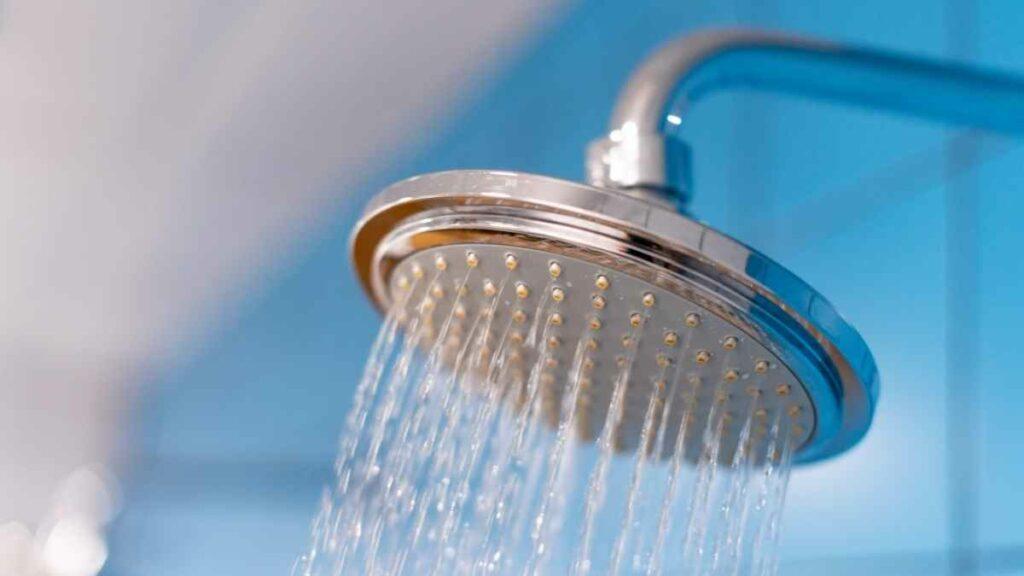
Showers outnumber baths in the light of water usage. A typical shower consumes between ten to fifteen gallons of water, but a bath might consume about seventy gallons, contingent on how big your tub is.
Thus, while a long soak is soothing, you also want to consider cutting costs by utilizing less water.
11. Install Water Fixtures with Low Flow Shower Head
Every year, low-flow water faucets save an unbelievable amount of water for the planet’s residents.
Showerheads with a flow rate of 2.5 gallons of water every minute have been prohibited by federal legislation since 1992. As a result, if you choose a low-flow showerhead, you may potentially extend your shower time while simultaneously being environmentally conscious.
12. During Hair Wash Times, Turn the Shower Off
Turning the water off every time, you wash your hair might let you spend more time inside the bathroom.
You can give up a small amount of warmth in exchange for long-term benefits and the planet’s health.
13. Don’t Throw Away Your Garbage
When your wastage overflows the disposal, or you dump things in the trash, composting is always the best alternative.
Composting provides several advantages, as per the EPA:
- It organically fertilizes the soil.
- It lessens the demand for synthetic fertilizers.
- It promotes the growth of beneficial fungi and bacteria that produce plant nutrients.
- In addition, it minimizes carbon footprints by reducing methane discharges from landfills.
14. Upgrade Your Toilet
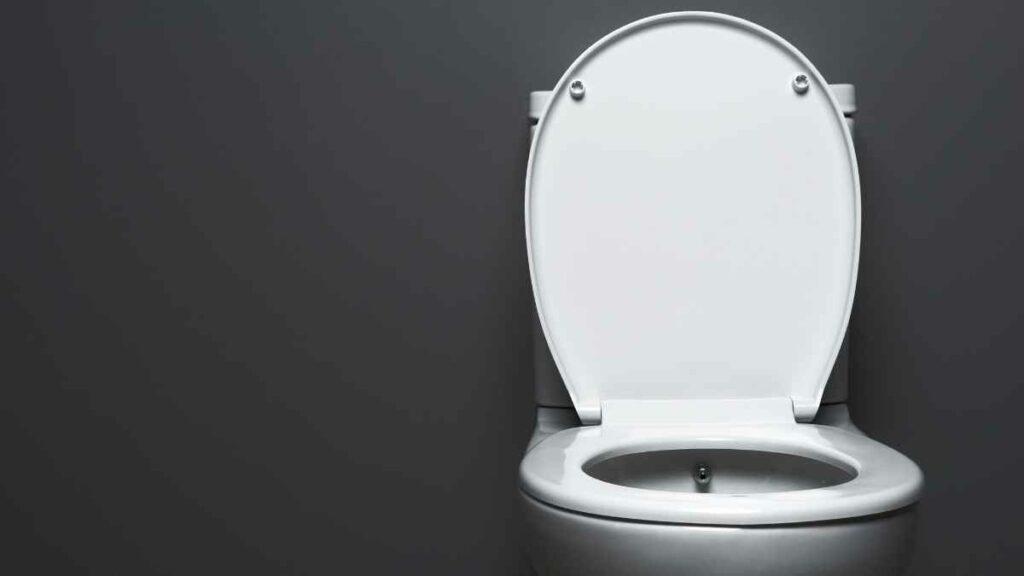
Your toilet is another federally controlled object in your home. The Energy Policy Act, signed by President George Bush sometime in 1992, set the national water limit for restrooms at 1.6 gallons of water each flush. As a result, there must be zero excuses for restrooms not to be energy efficient nowadays.
You should upgrade your older toilet with a modern one. It might cost between one hundred to two hundred dollars, but you should make sure that your toilet is environmentally friendly.
You Can Contribute to the Protection of the World’s Water Supply
It’s simple to see why governments, states, and cities worldwide are adopting water rationing strategies. As a result, water conservation is both environmentally friendly and good for your wallet, lowering your energy expenses.
Water conservation has several advantages: it helps to safeguard our wildlife, estuaries, lakes, drinking water, and rivers, but it also decreases the quantity of water that requires treatment. This results in significant cost savings for all and a reduced volume of greenhouse gases.
Water is life, and preserving life entails valuing, conserving, and safeguarding our abundant freshwater.
Make a start with this earth-friendly activity today!

